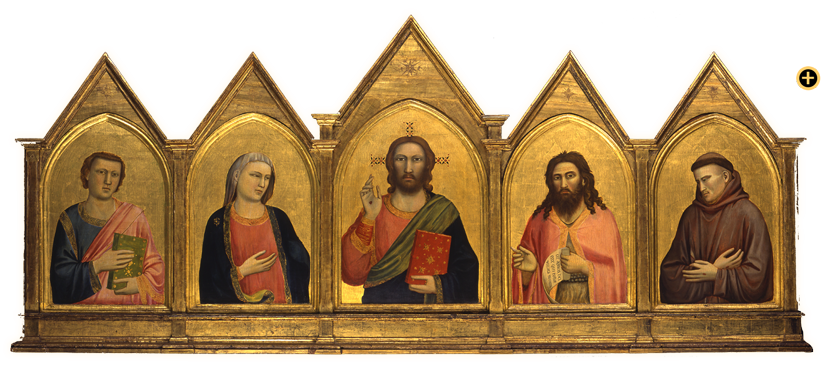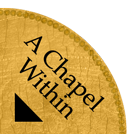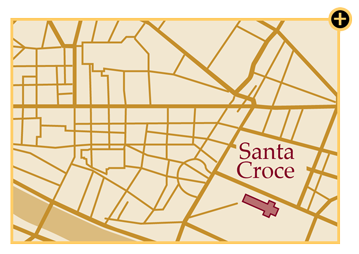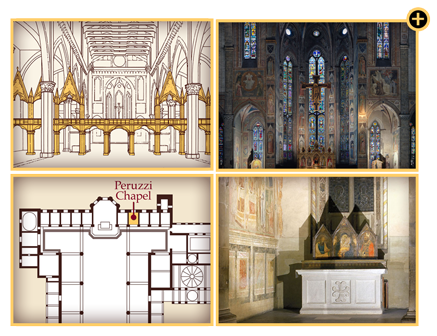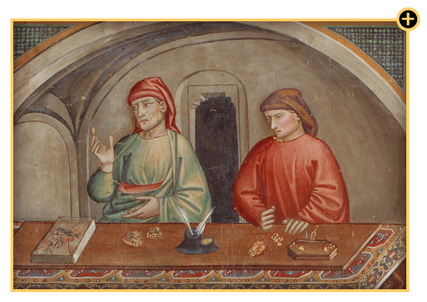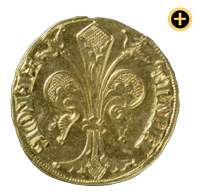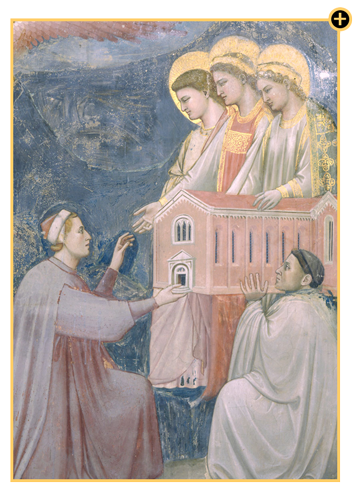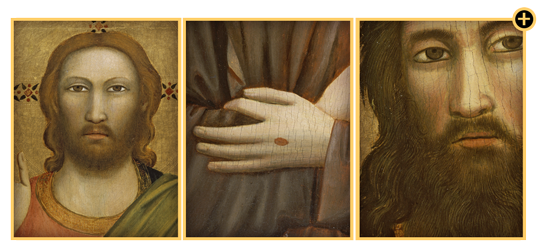
Reading an Altarpiece
A Painting to Evoke the Heavens






Italian altarpieces developed from Byzantine icon paintings, which were considered to be "windows to heaven" and often featured holy figures arranged to face the viewer. In keeping with a chapel's Gothic style of architecture, the painted wood panels would have been set within arched frames (this one is not original), topped with gables.


Reading an Altarpiece
A Collection of Saints


These five painted panels present Christ, the Virgin, and Saints Francis of Assisi, John the Baptist, and John the Evangelist. Together they relate to the decoration of the Peruzzi Chapel in Santa Croce, a church of the Franciscan order. John the Baptist and John the Evangelist are the subjects of frescoes in the Chapel that are also painted by Giotto.

Francis of Assisi was the founder the Franciscan Order.
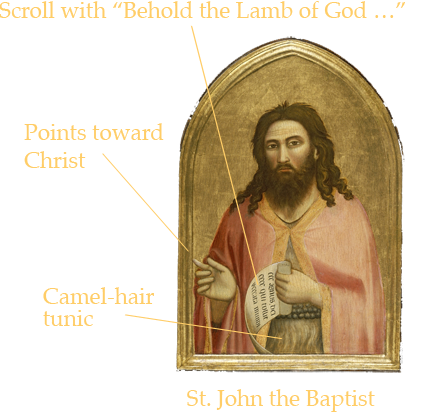
John the Baptist is the patron saint of Florence.
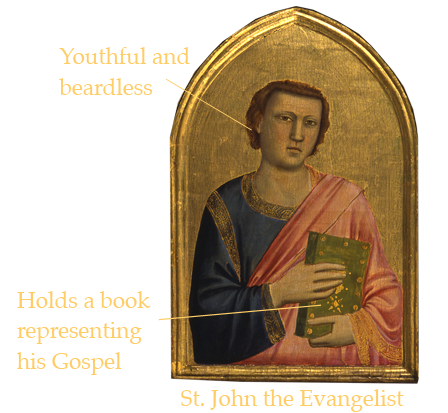
John the Evangelist may have been the name-saint of Giovanni Peruzzi, the altarpiece's patron.
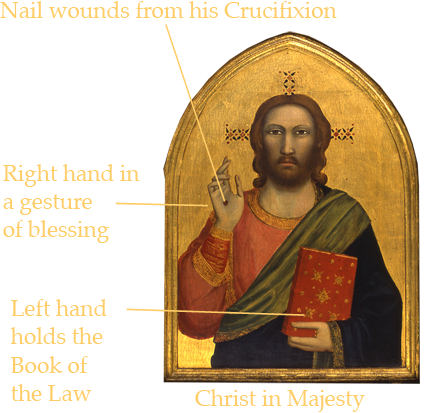
The risen Christ blesses.
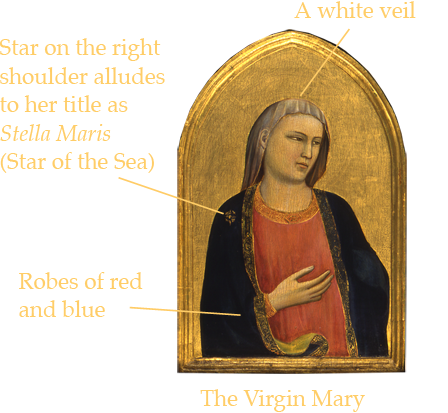
The Virgin Mary, Christ's mother, is revered as a merciful figure.


A Chapel Within
The Franciscans Built a New Church


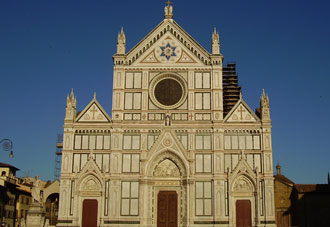
This altarpiece was commissioned for a private chapel in Florence's then-new Franciscan church, Santa Croce. Introduced only a century earlier by the charismatic friar Francis of Assisi, the Franciscan Order encouraged compassion for others inspired by Christ's human suffering.
Although Franciscan friars took vows of personal poverty, their imposing church reflected the extensive wealth of families like the Peruzzi, whose patronage supported this highly visual expression of faith.


A Chapel Within
A Privileged Place Within the Church


The private chapel where this altarpiece was located belonged to the Peruzzi family. Built around 1300, the huge church itself contains sixteen chapels, and it is probably a sign of the family's status that theirs is located in a prominent place near the high altar. Some family members were buried in the chapel.


Bankers and Art
A Family Fortune of Textiles and Trade


The patrons of this altarpiece, the Peruzzi, were among the leading families of Florence. They initially acquired wealth in the city's flourishing textile industry, and many family members served in public office. As the Peruzzi family business developed into an international trading and banking company that lent to European monarchs, Florence's gold florin dominated as Europe's main currency.



Bankers and Art
Status and Salvation


With the church prohibition of the sinful practice of usury—the charging of interest on loans—bankers like the Peruzzi faced being stigmatized. They and other banking families funded chapels in churches, commissioned religious art, and supported church activities to counter this negative reputation.
Financing a chapel helped guarantee that prayers would be said on behalf of dead family members, thus speeding their journey to heaven.


Giotto as innovator
Inspiring the Renaissance


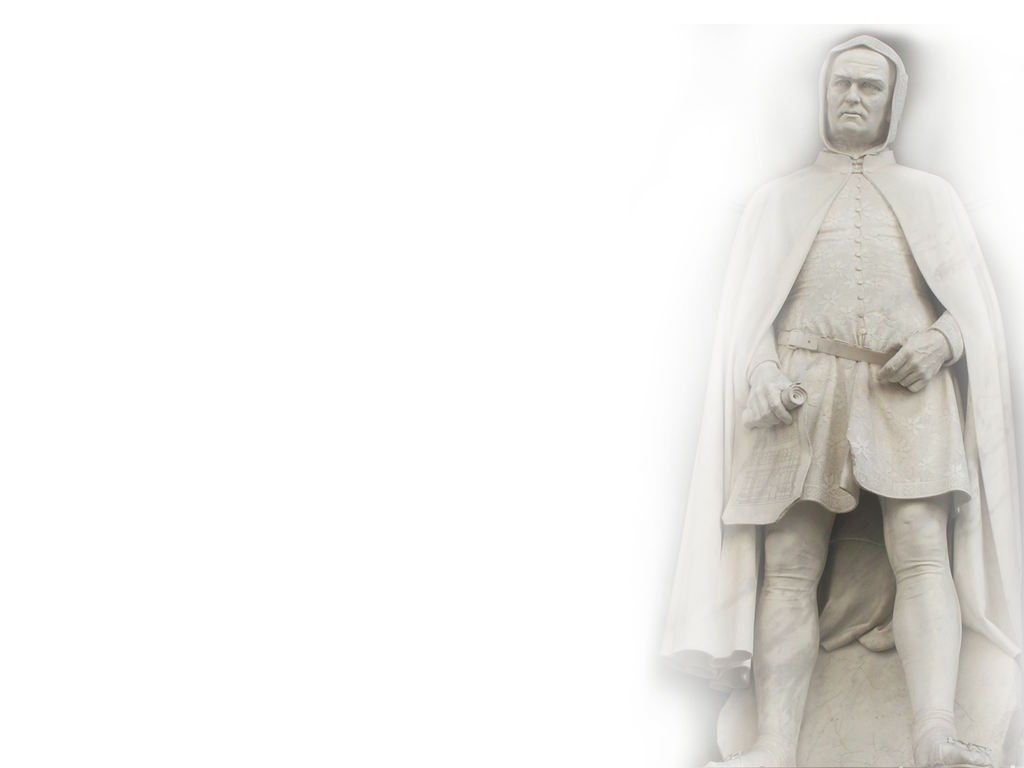
Giotto broke with older traditions by creating art that was more naturalistic, more true to life. Generations of painters from Tuscany, including Michelangelo, studied and copied his work. A chronicler of Florentine history in Giotto's lifetime described him as an artist who "more than any other, drew every figure and pose from life."
